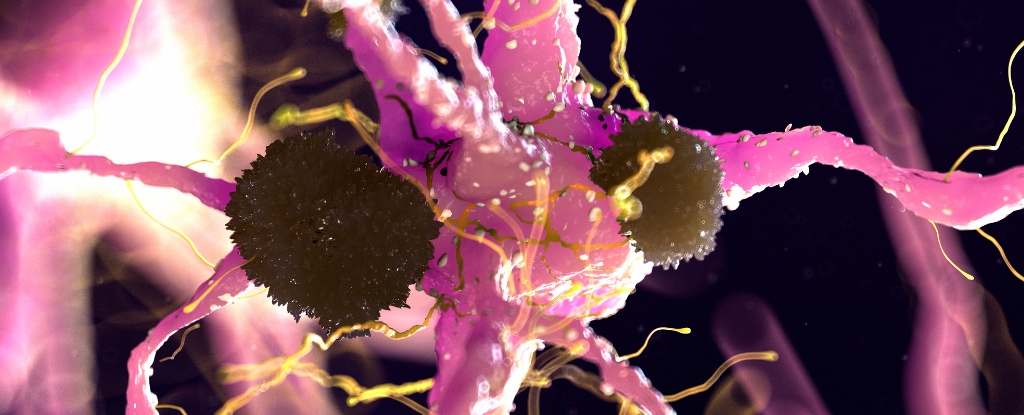
A team of researchers from Florida International University (FIU) has identified a potential early indicator of Alzheimer’s disease, which may pave the way for earlier intervention and improved quality of life for patients. Their study focuses on a brain protein known as translocator protein 18 kDa (TSPO), which is linked to neuroinflammation in Alzheimer’s sufferers. This discovery could help detect neurodegeneration years before symptoms typically manifest.
In experiments with mice models, the researchers observed elevated levels of TSPO in subjects as young as six weeks old, equivalent to approximately 18 to 20 human years. The increase was localized in the subiculum, a critical area of the brain involved in memory processing. This finding aligns with previous research that suggests neuroinflammation occurs early in the disease’s progression.
The team also examined postmortem brain tissue from nine individuals in Colombia who carried a genetic mutation leading to early-onset Alzheimer’s, typically developing symptoms in their 30s or 40s. They found similar patterns of TSPO elevation, reinforcing the connection between this protein and the disease.
Tomás Guilarte, a neuroscientist at FIU, stated, “Neuroinflammation is a very early event in Alzheimer’s that influences its onset. If we can use TSPO to detect it early, right at the beginning stages of the disease, it could mean slowing progression or delaying symptoms by five or six years.” Such a delay offers significant potential for enhancing patients’ quality of life during those years.
The research highlighted a notable gender disparity, with higher TSPO levels observed in female mice, reflecting data indicating that women are more predisposed to develop Alzheimer’s. Furthermore, the study revealed that the increase in TSPO correlated with the presence of amyloid-beta plaques—protein deposits strongly associated with Alzheimer’s pathology.
Crucially, the rise in TSPO was primarily linked to immune cells called microglia, which showed both an increase in number and activity in response to plaque accumulation. Guilarte noted, “We didn’t see any TSPO increase in the other glial cells, like the astrocytes, which reveals the microglia are driving the majority of the inflammatory response.” He elaborated that a dysfunction in microglia may lead to a persistent signal of neuroinflammation, exacerbating the disease process.
While this research focused on genetic cases of early-onset Alzheimer’s, which represent a minority of overall cases, the implications of the findings are significant. The team is already exploring ways to expand their research to further elucidate the role of TSPO in Alzheimer’s disease progression.
The challenge remains in distinguishing between the causes and consequences of Alzheimer’s, but the identification of this brain biomarker may provide a clearer understanding and an early warning system. Daniel Martinez-Perez, another neuroscientist involved in the study, emphasized the need for early detection, stating, “One of the biggest problems with Alzheimer’s is people see it as a disease of aging, and that impacts when people get diagnosed. My hope is we can be part of helping people before they are too sick.”
The findings from this research have been published in the journal Acta Neuropathologica, contributing valuable insights into the early detection and potential treatment of Alzheimer’s disease.






